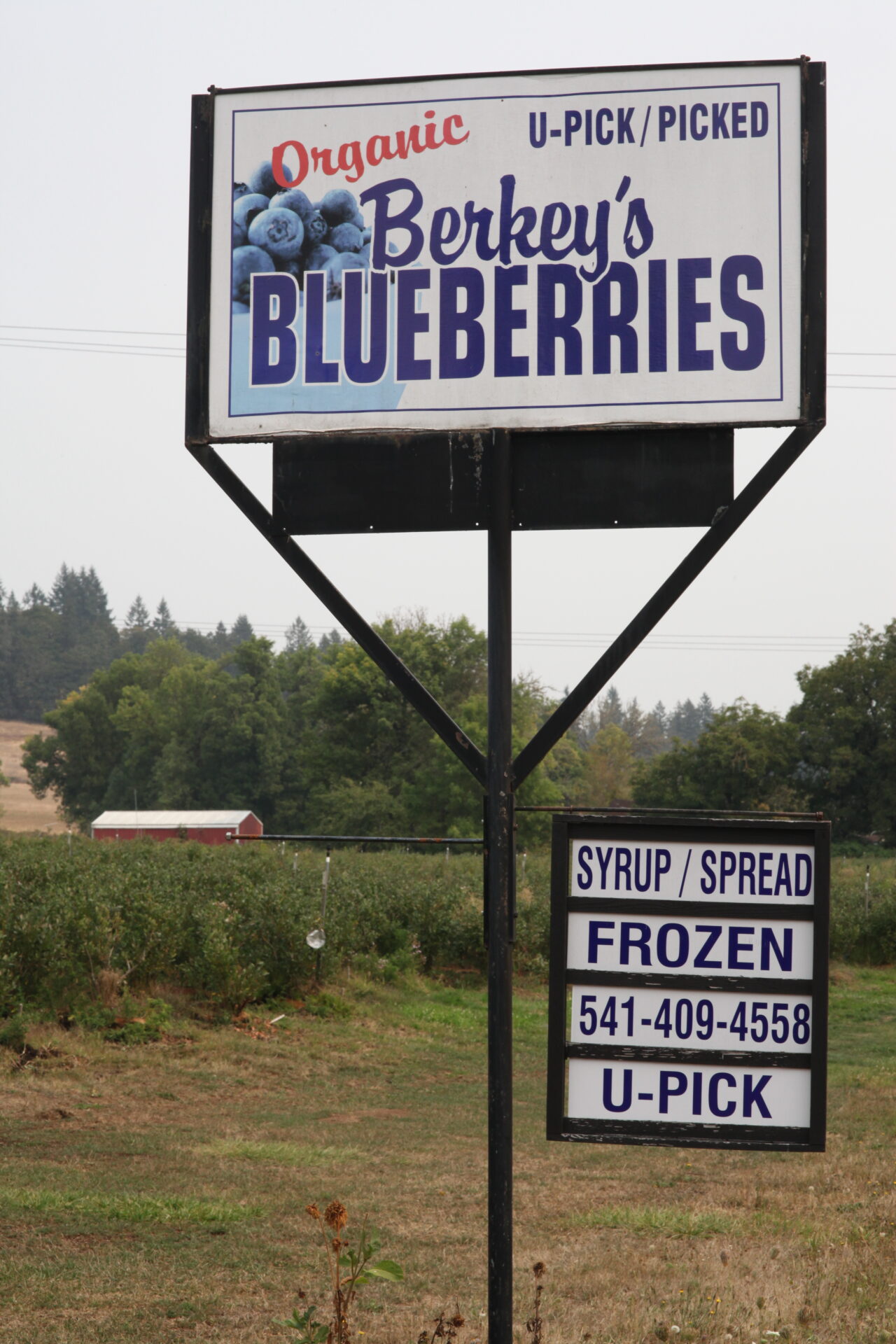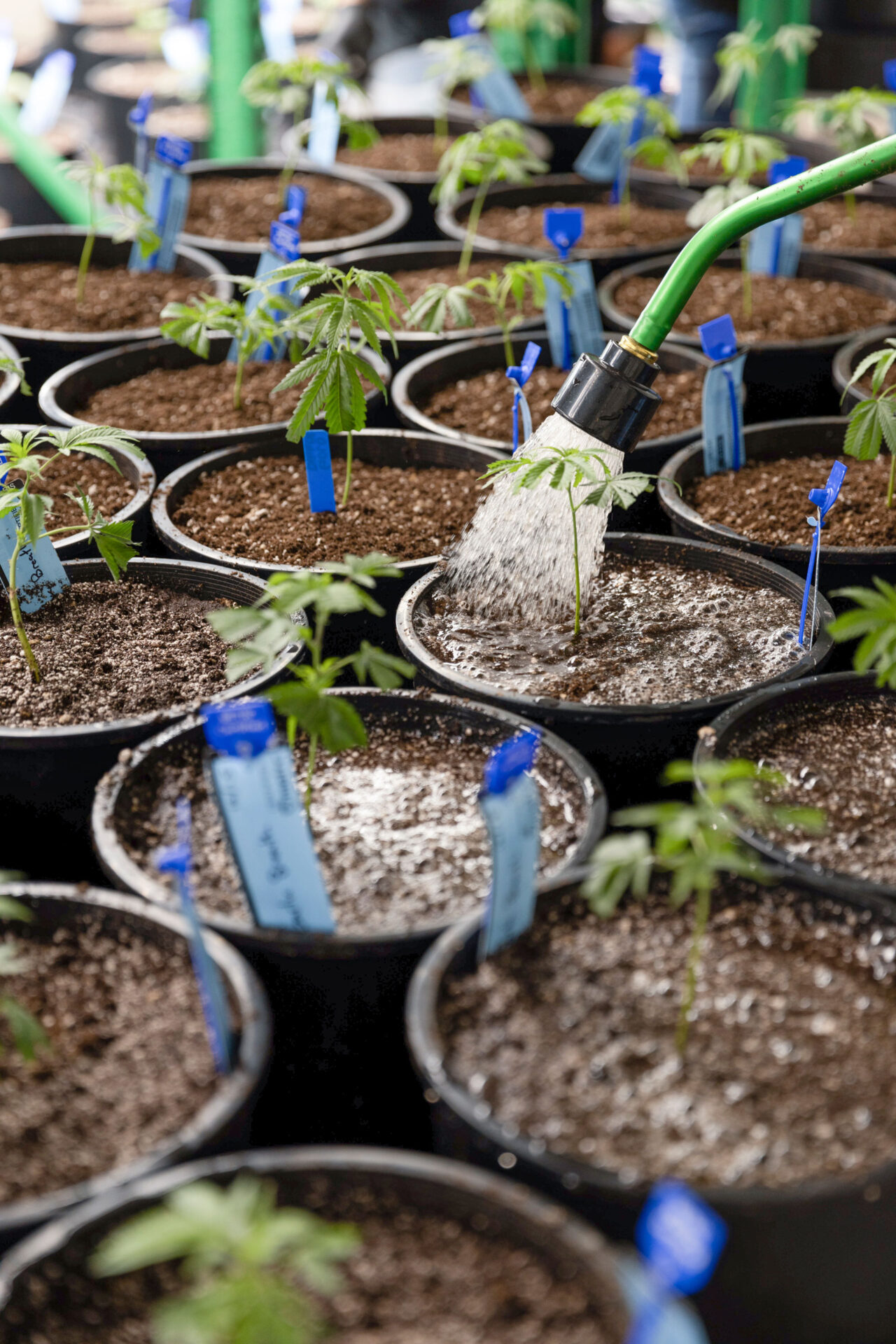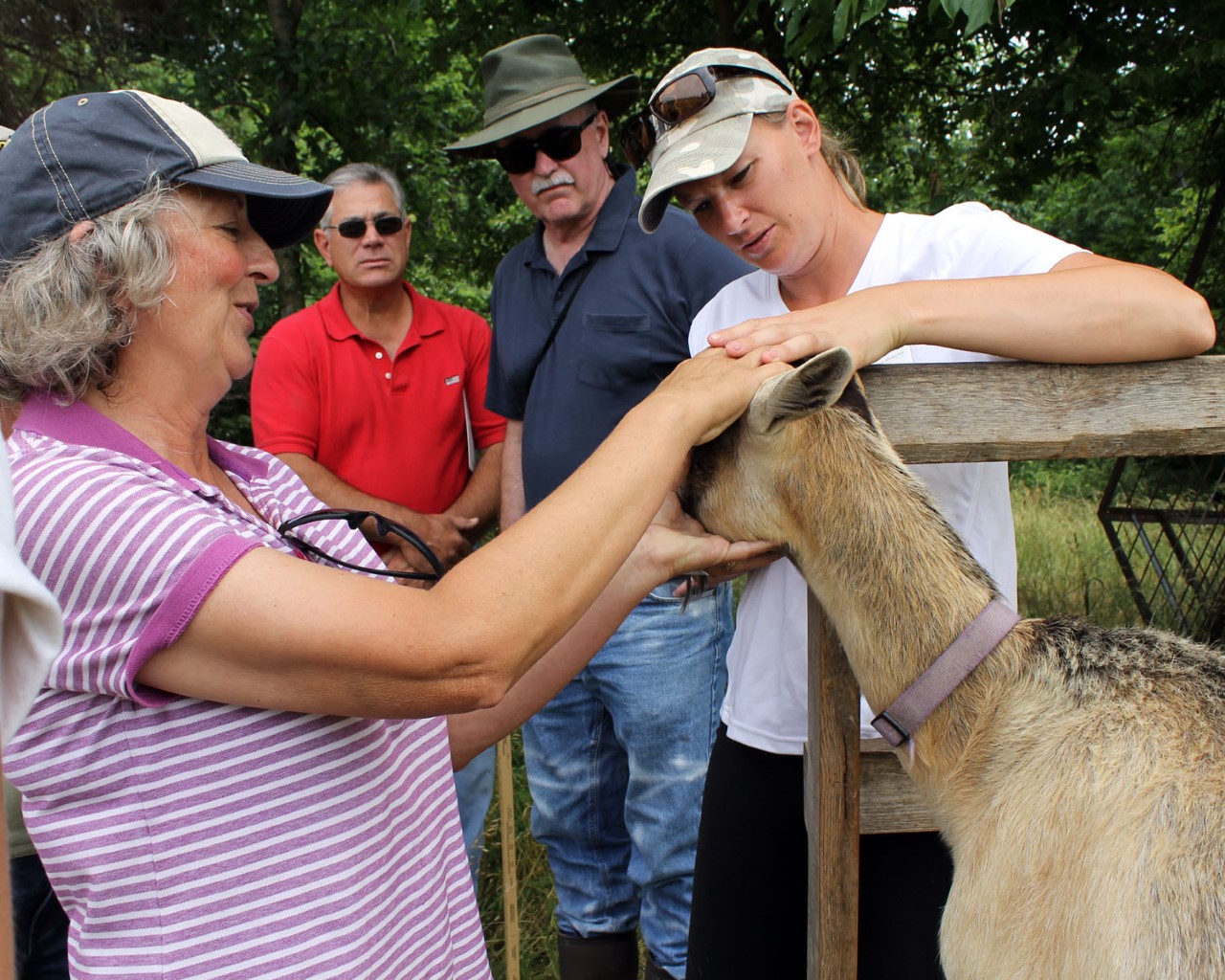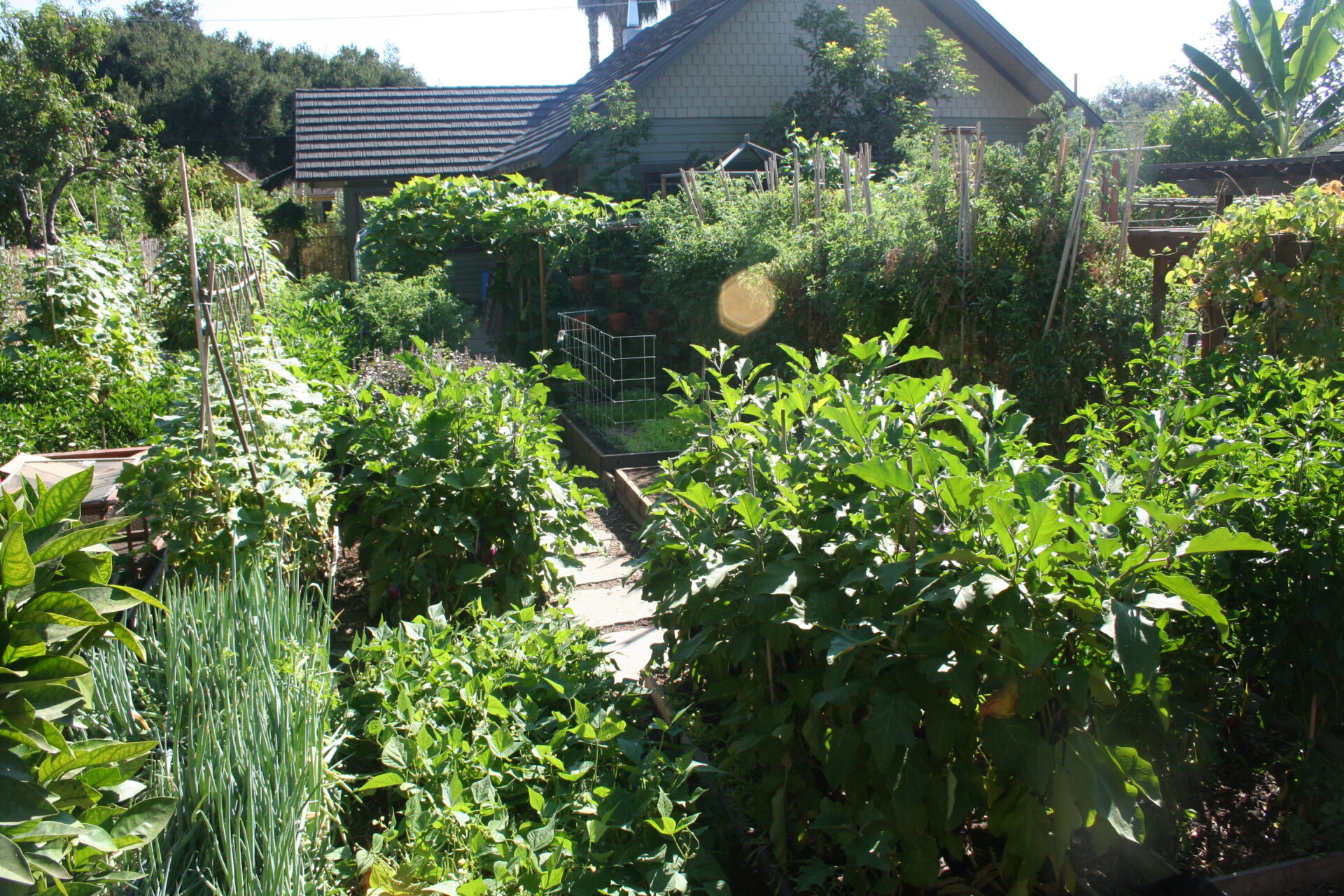
Blueberries can add another market niche to your operation if proper steps are taken before and after planting. For starters, the growing site needs to be chosen with care. Other considerations are soil type, access to irrigation and quick and easy road access to cooling and packing facilities or fresh markets.
Since blueberry bushes can live for 50 years, it pays to put in the research and effort to situate them well and get the plants off to a vigorous and productive start.
Blueberries are considered a specialty crop along the California coastline and in Southern California, but they can still produce well if care is taken to address the plants’ needs.
Choosing a Planting Site
Mark Gaskell, retired UCCE small farm and specialty crops advisor, wrote the guide, ‘Blueberry Production in Coastal and Southern California.’ In the guide, he said that if California growers are aiming for early season blueberry production, requirements include a mild winter climate together with low-chill varieties and frost protection.
“The site will ideally be frost-free or have a threat of frost only rarely and for short periods,” according to Gaskell.
Hillsides are helpful when planting new blueberries. Not only do hillsides assist with drainage, “Planting on a hillside will also allow cold air to drain away from the crop on clear, cold nights with the potential for frosts,” Gaskell wrote. “Sites with good air circulation will also enable mixing of cold air near the surface with warmer air higher off the ground.”
Hillsides facing the winter sun are beneficial because such sites allow for earlier warming. Growers can add additional frost protection with fans to mix cold air with warm, or by using overhead sprinklers.
Blueberry growers may want to consider the use of high tunnels. Tunnels create temperature gain, but they will also help protect against frost and wind. High winds are damaging to berry plants and developing fruit. Heavy winds stress the plants, Gaskell noted. The berries can develop scratches and blisters from leaves and branches blowing and rubbing against them. One drawback to growing under tunnels is an increased issue with thrips. If tunnels aren’t practical or affordable, growers can add windbreaks.
“Plants in windy areas will not reach the same levels of vigor and productivity as plants in calmer areas or plants protected by windbreaks,” according to Gaskell.

Soil and Amendments
Blueberries will grow in a variety of soil types in the above mentioned California regions, although heavy clay soils create drainage issues and sandy soils drain too quickly. To slow down drainage in sandy soils, incorporate organic matter. Spread five tons of compost or well-aged manure per acre in three- to four-foot bands over the rows. With a rotovator or disk, incorporate the compost or manure to a depth of 6 to 8 inches, Gaskell advised.
Test soil before planting. Blueberries require a pH level of 4.5 to 5.5 to thrive. Growers can add elemental sulfur and work it in at the same time as the compost to acidify the soil, if needed. Adding sulfur as early as possible will help make it available to roots at planting time.
“When elemental sulfur is mixed with moist soil, soil bacteria convert the sulfur to sulfuric acid,” according to Gaskell. “The sulfur products that have shown good results in California are Tiger Sulfur 90® and Disper-Sul®, both of which are finely ground sulfurs formed into pellets with bentonite clay for ease of application. The clay expands as it absorbs moisture and breaks apart to disperse the fine sulfur particles.”
Even with organic amendments, sandy soils will still require more frequent irrigating than heavier soils.
To grow blueberries in clay or heavy soils, build mounded beds on top of compost-amended soil with copious amounts of sawdust, wood chips or rice hulls. These high beds will improve aeriation as well as drainage. Most soils do best with this treatment. After planting, mulch the entire surface around plants to help control weeds.
Pacific Northwest
As with California regions, soil pH should be tested before planting. According to Washington State University Spokane County Extension, blueberries are better suited to the environment found in Western Washington as opposed to the eastern part of the state. Later blooming varieties are better than early blooming varieties for the inland northwest since later bloomers are not as likely to suffer damage from a late spring frost.
According to Oregon State University, Washington State University and University of Idaho, the same holds true with western and eastern Oregon. Most commercial blueberry production in Oregon is west of the Cascades, although Northern highbush blueberries can be grown successfully not only in Eastern Washington, but also in Eastern Oregon and some areas of Idaho.
Amy and Jesse Berkey grow five acres of blueberries in Lebanon, Ore. Their operation, Berkey’s Blueberries, is certified organic with Oregon Tilth. They grow six highbush varieties (7,600 plants) on five acres.
Before planting in 2007, the Berkeys incorporated sawdust into the soil and built up a bed of sawdust to plant the berry bushes on. The Berkeys test their soil every two to three years for organic matter, pH levels and nutrient concentration. They add more sawdust around the plants annually.
Of the six varieties they grow, Duke is Amy’s favorite. She likes it for the fairly large size and the “tangy-sweet” flavor. Jesse said he doesn’t have a favorite. By the time berry season is over, he’s had enough blueberries to last him awhile.
“I won’t eat another berry until Christmas,” he said.
What is the biggest issue the Berkeys have growing blueberries in Oregon?
“This year, it was the heat stress,” Jesse said.
The Berkeys offer u-pick and have a farm stand with pre-picked berries for sale, along with value-added products, including syrup, jam and dog treats. The family sells at six different farmer’s markets in the Willamette Valley and at the Oregon coast. They also have an online store.






